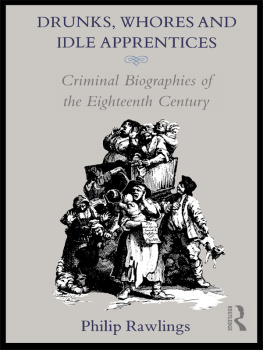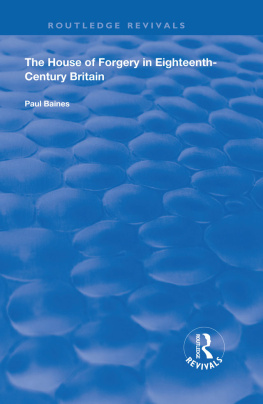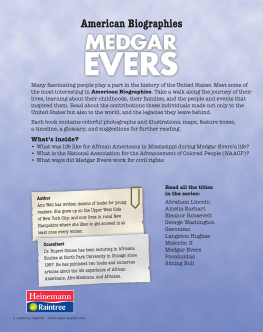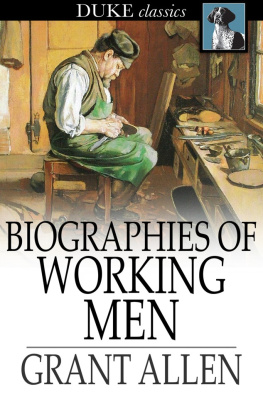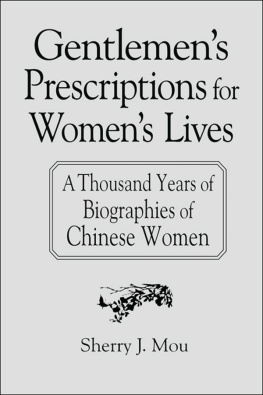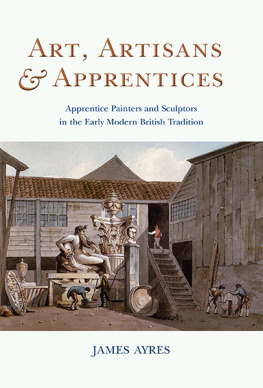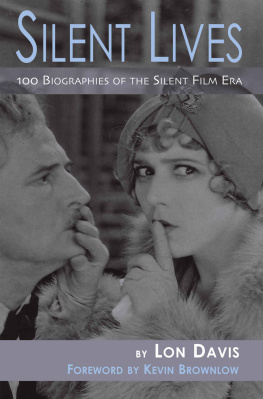First published 1992 by Routledge 11 New Fetter Lane, London EC4P 4EE
This edition published in the Taylor & Francis e-Library, 2005.
To purchase your own copy of this or any of Taylor & Francis or Routledge's collection of thousands of eBooks please go to www.eBookstore.tandf.co.uk.
Simultaneously published in the USA and Canada by Routledge a division of Routledge, Chapman and Hall Inc. 29 West 35th Street, New York, NY 10001
1992 Philip Rawlings: Editorial material, Introduction, Commentary
All rights reserved. No part of this book may be reprinted or reproduced or utilized in any form or by any electronic, mechanical, or other means, now known or hereafter invented, including photocopying and recording, or in any information storage or retrieval system, without permission in writing from the publishers.
British Library Cataloguing in Publication Data Rawlings, Philip Drunks, Whores and Idle Apprentices: Criminal Biographies of the 18th Century I. Title 364.10922
Library of Congress Cataloging in Publication Data Rawlings, Philip Drunks, whores and idle apprentices: criminal biographies of the eighteenth century/Philip Rawlings. p. cm. Includes bibliographical references and index. CriminalsEnglandHistory18th century Biography. CriminalsEnglandHistory18th centuryBiographyHistory and criticism. I. Title. HV6945.R38 1992 364.092.242dc20 [B] 9146370
ISBN 0-203-99110-9 Master e-book ISBN
ISBN 0-415-05056-1 (Print Edition)
Tis in vain to hope for a Reprieve , The Sheriffs come down with his Warrant; An Account I behind me must leave Of my Birth , Education and Parents.
(Epistle on Jack Sheppard, Daily journal, 16 November, 1724)
There is not perhaps in the world a more agreeable study than that of Biography; nor any thing sought after and read with greater avidity, than the lives of unfortunate men, and those who suffer under the hands of the executioner more than any.
( The Life and Wonderful Transactions of Mr. Charles
Speckman, alias Browne, 1763)
PREFACE
We can understand much about a society from looking at the way in which it treats its criminals. It is not just the punishments which are revealing, but also the literature. In this book I have brought together a small selection of eighteenth-century accounts written about the lives of contemporary criminals. My primary aim is to bring to a wider reading public a flavour of a body of literature which, while it was extremely popular when published, has been all but forgotten for two hundred years. Although the biographies can stand by themselves, in the General Introduction some of the problems surrounding their use are discussed.
In the putting together of this book many people have given me assistance, willingly and unwillingly, knowingly and unknowingly. I will refrain both from praising their virtues and from heaping blame upon myself for the faults which the book has; after all, should not those with whom I discussed it and who failed either to point out these faults or to persuade me to change the book, bear some of the blame? However, I did work in various places around the country on this book and I would like to thank the staff of the many libraries and record offices I used including: the British Library, including the Newspaper Library at Colindale; the Guildhall Library; the Public Records Offices at Kew and Chancery Lane; County Records Offices in Surrey, Essex and Somerset; the Greater London Record Office; the John Rylands Library in Manchester; Brunel University Library. The University Library at Aberystwyth was particularly important in the formation of ideas, through the books there, but, just as importantly, through its provision of a place in which to hold discussions with colleagues: my apologies and thanks both to them and to the students who constantly asked us to be quiet. More specifically, I would like to thank Richard Ireland and Ian Bell; the loan of his computer by Peter Wallington was, viewed objectively, somewhat foolhardy, but I prefer to see it as the act of a farsighted individual who has the benefit of good insurance cover. I would also like to thank my father, who read the whole book several times, my mother and Debbie, three people whose boredom thresholds have been seriously tested.
This book opens with a General Introduction. Its purpose is to provide the novice with not only a discussion of the criminal biographies and their writers and readers, but also an examination of the ways in which scholars have used, or dismissed, these works. The remainder of the book is taken up with reprints of the biographies prefaced by brief introductions. These introductions outline some of the themes which appear in the biographies and provide background and bibliographical information. Each biography is also supplemented by notes intended to clarify the text.
ABBREVIATIONS
GLRO: Greater London Record Office
OBSP: the published reports of the trials held at die Old Bailey
Ordinary of Newgate's Account; see the General Introduction and the introduction to the Ordinary of Newgate's Account: Mary Young (1741) in this volume
PRO: Public Record Office (Kew and Chancer)- Lane)
In the citation of books, pamphlets and essays, square brackets have been used as follows:
where placed around a writers name, such as [H.Walpole], this indicates that the named writer almost certainly wrote the piece even though his or her name does not appear on the title page. If the name is followed by a question mark, such as [H.Walpole?], then the writer was more likely than not H.Walpole;
where the brackets are placed around a date, such as [1751], or around a place name and date, such as [London, 1751], this indicates that the date of publication was almost certainly 1751, or the place and date of publication were almost certainly London and 1751. The addition of a question mark has the same effect in reducing certainty as above.
In the chapters where the criminal biographies are reprinted, square brackets around a number, such as [p. 2], indicate the original page breaks.
The peculiarities of spelling, punctuation and grammar in the original texts have been retained.
GENERAL INTRODUCTION
THE BIOGRAPHICAL LITERATURE OF CRIME AND ITS POPULARITY
During the late seventeenth century and throughout the eighteenth century crime provided one of the principal subjects for popular literature. All aspects were covered: the crime itself, the investigation, the trial, the punishment and the life of the offender. The works ranged from newspaper articles through broadsheets and pamphlets to large books, sometimes in several volumes. This book focuses on biographical pamphlets, that is, pamphlets which took as their subjects real people, who had been accused of, usually, a capital crime. Some of these pamphlets proclaim themselves to be autobiographies, although, as is argued later in this General Introduction, it is not easy to decide whether such claims were true or even partly true. These criminal biographies have been the subject of much controversy amongst modern scholars. There is, for example, an argument about the role they played in the development of the novel, and certainly some of the techniques which appear in them were also used by novelists, such as Defoe in

